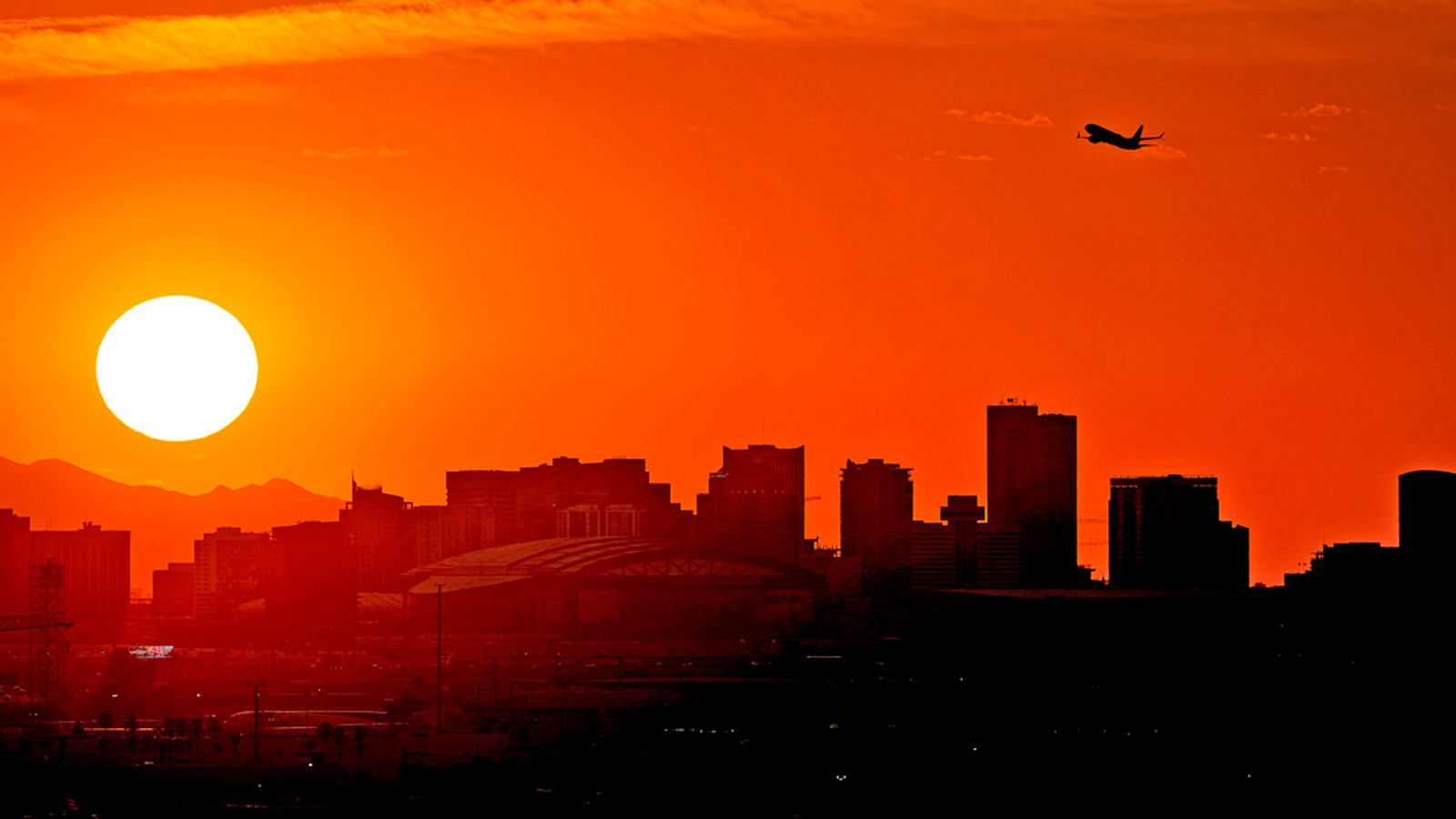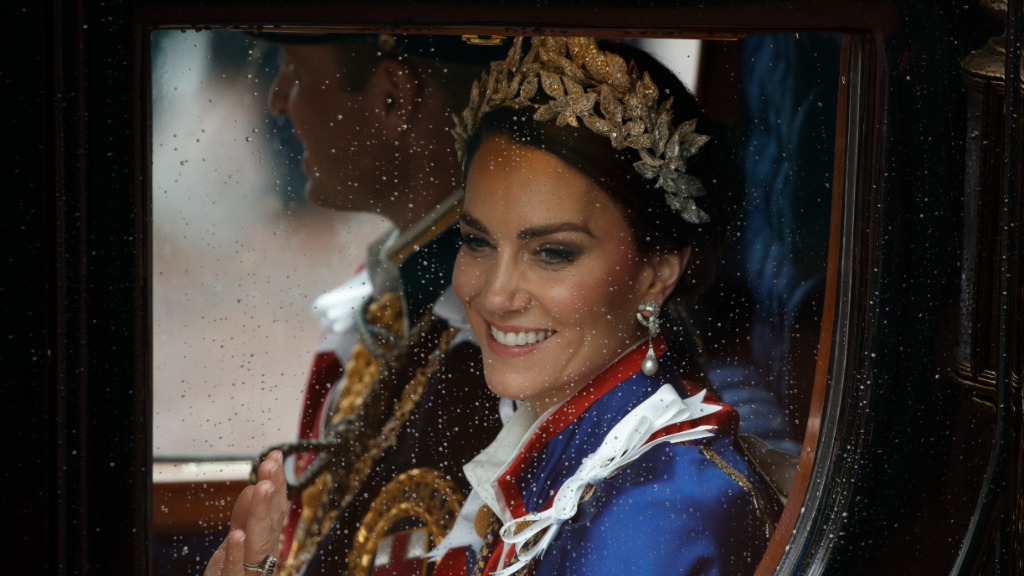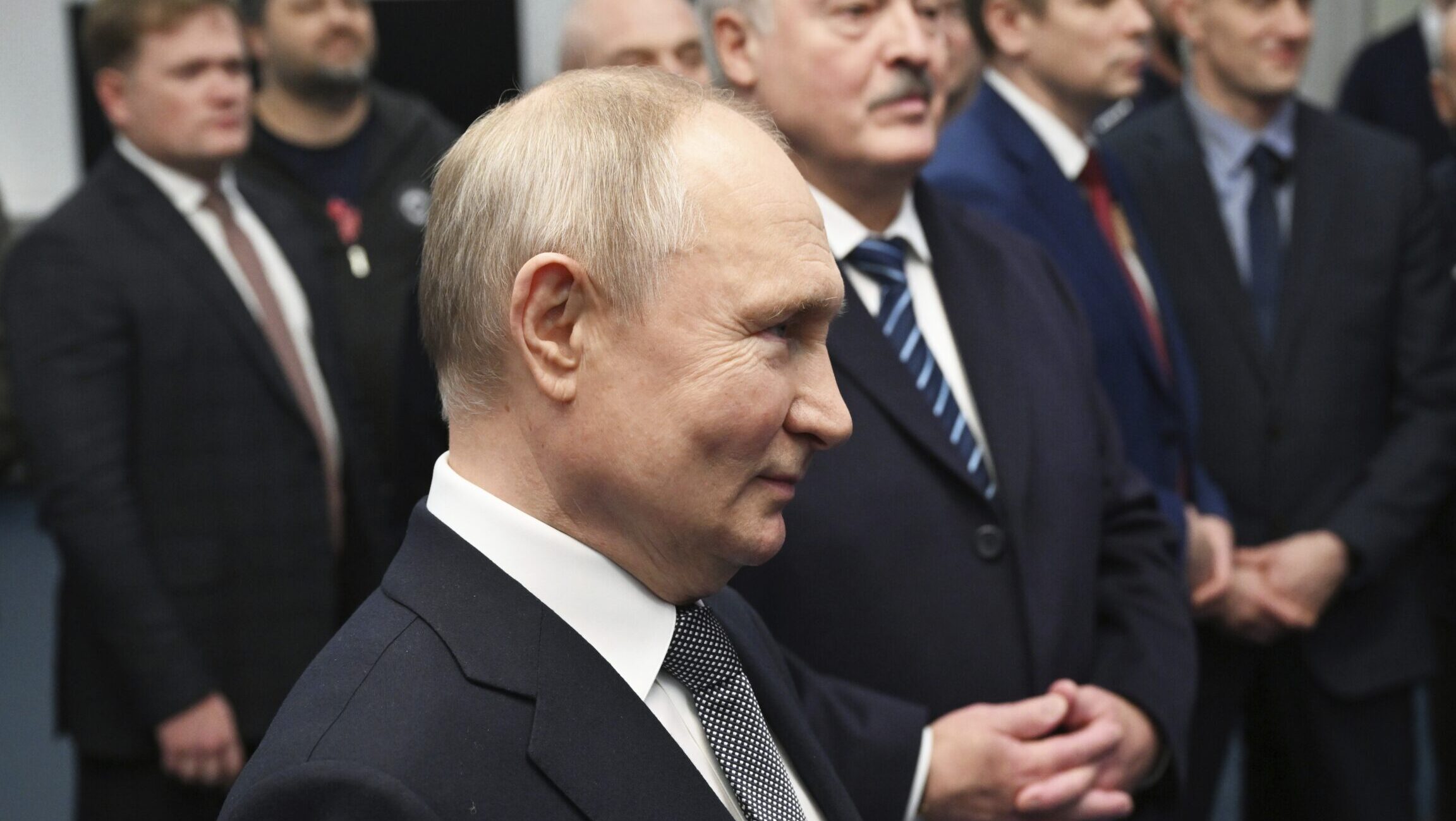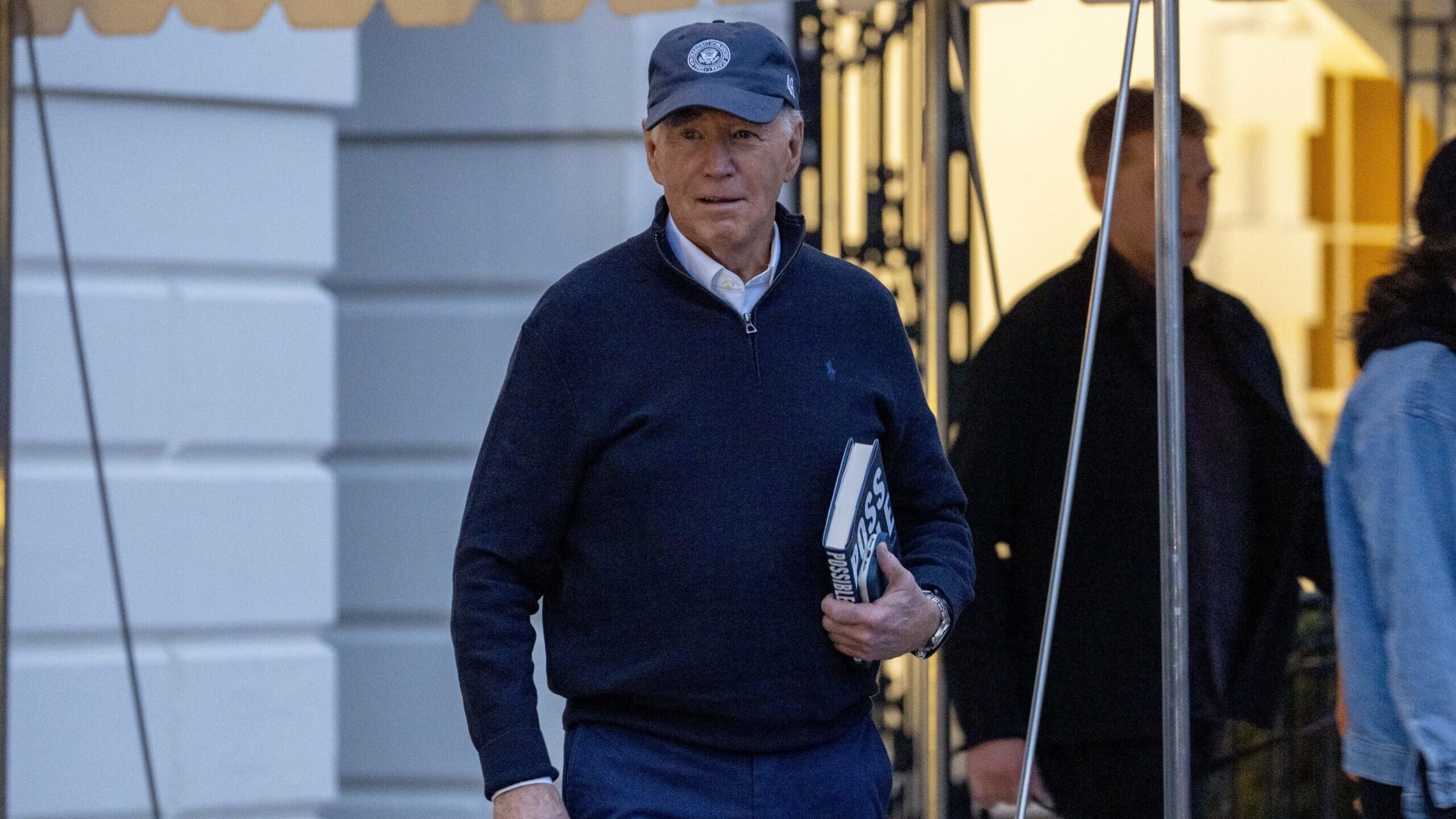Ethnic divides underlie Nepal’s political turmoil
May 31, 2012, 6:43 AM
Associated Press
KATMANDU, Nepal (AP) – For centuries, the resentments simmered in this Himalayan nation, a place where everyone knew who belonged to the country’s small elite and who did not.
Ethnic minorities and low-caste Nepalis knew they had little chance to join the economic and political leadership, which was dominated by high-caste members of just two ethnic groups among the country’s dozens.
These resentments helped fuel a communist insurgency during a bloody, decade-long civil war, which finally ground to an end in 2006. They helped undermine the monarchy, which was abolished in 2008.
Now, as Nepal struggles to create a stable republic, those resentments have erupted anew in regional, ethnic-based politics, which helped cause the government’s complete collapse last weekend and sparked worries of widespread ethnic unrest.
“Things have gone haywire,” said Yuvraj Ghimire, editor of the Katmandu-based weekly newspaper, The Reporter. “The political parties never took the ethnic demands seriously … and now it is out of control.”
The issue that brought things into the open was whether Nepal’s constitution should divide the country into more than a dozen small states along ethnic lines, so that some of the larger minority groups _ the Newars, Tamangs, Tharus, Limbu and some others _ could expect state governments dominated by their ethnic brethren. Nepal currently has no states.
On one side are leaders from Nepal’s long-marginalized ethnic communities. Maoist guerrillas had popularized the notion of regional homelands during the long civil war, attracting supporters with promises to create ethnic states. When the war ended and the Maoists became a powerful political party, they ensured the issue was on the constitutional agenda.
On the other side, though, are the traditional ruling classes _ Brahmins and Chetris _ who feel the constitutional proposals could trigger ethnic conflict in a country that has endured near-constant political turmoil since the republic was born.
“Nepal has more than 102 ethnic communities and any move to name the states under the names of some of these groups could only instigate ethnic conflict,” said Om Sharma of the Brahmin Society.
To the marginalized, though, things have been unfair for far too long.
“We have always been treated as second-class citizens,” said Sharad Tamang, a college student and member of the minority Tamang ethnic group who has joined protests in Katmandu.
“When we go to any government or local administration offices in the villages or even in the cities, it is usually run by the so-called elites,” the student said. “They have always treated us like servants and they are the masters.”
Each side has called general strikes that have shut thousands of schools, businesses, and roads for days or weeks at a time. Rallies have occasionally devolved into street battles.
The debate over drawing state lines was the main reason that Nepal’s politicians, a notoriously ineffective and chaotic group, allowed a weekend deadline for a new constitution to expire, leaving the country with no legal government at all.
“If the leadership fails to address the demands by the minority ethnic groups, there is a threat of the issue escalating to full-fledged conflict. Right now the political leaders need to be far-sighted,” said Lokraj Baral, an analyst with the Kathmandu-based Contemporary Studies Center.
The issue, though, has never been completely straightforward in Nepal.
Compared to the most conservative parts of India, inter-caste and inter-ethnic marriages were relatively common in Nepal, even in the most isolated regions, Ghimire said. There also have been a handful of lower-caste minorities who have been able to break through the glass ceiling in recent decades, reaching top positions in the government and military. Other ethnic groups, particularly the Newars, have been business leaders.
Even defining basic terms can be complicated. While Brahmins and Chetris used to be seen as castes in Nepal, today they are more often seen as ethnic groups. Chetris are believed to make up about 16 percent of Nepal’s 30 million people and Brahmins about 13 percent. The rest of the population is divided among dozens of other ethnicities.
The problem, Ghimire says, is that Nepal’s established politicians never bothered to address the simmering ethnic issues after the republic was created in 2008. That, combined with the rise of new politicians who realize they can use the resentments to win votes, has led to political chaos.
In recent months, the entire western edge of Nepal was shut down for three weeks when protesters _ mostly from majority ethnic groups _ demanded that the region remain a single state and that its borders not be drawn to maximize the power of any particular ethnicity.
The strike left severe shortages of food, fuel, medical supplies for hundreds of thousands of people.
At the same time, just to the east, members of the minority Tharu ethnic group shut down several districts with general strikes demanding a “Tharuhat” state. There also were clashes between the Tharus and majority ethnic groups.
In southern Nepal, four people were killed last month in the town of Janakpur when a bomb exploded during a rally of members of the minority Mithila-speaking ethnic group who want a Mithila state.
The Nepal Federation of Indigenous Nationalities, a minority umbrella group, imposed a three-day nationwide general strike last week. The strike turned violent, with protesters and police clashing in several places.
Earlier this month, Brahmins and Chetris shut down the capital Katmandu and other major cities demanding that the states not be divided along ethnic lines.
As for the government, it’s not even clear who is legally in charge.
Opponents of Prime Minister Baburam Bhattarai say he lost his legitimacy Sunday when the Constituent Assembly expired without drafting a new constitution. Bhattarai says he will lead a caretaker government until elections he plans for November.
His opponents are vowing to topple him.
___
Tim Sullivan in New Delhi contributed to this report.
(Copyright 2012 The Associated Press. All rights reserved. This material may not be published, broadcast, rewritten or redistributed.)









